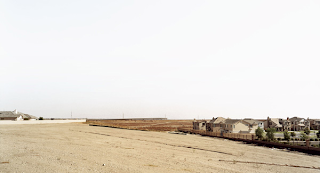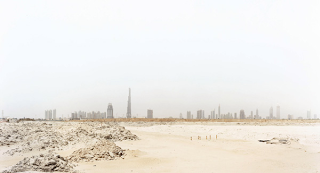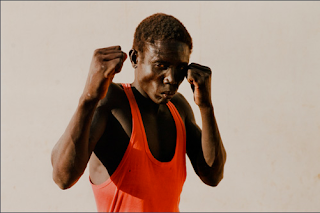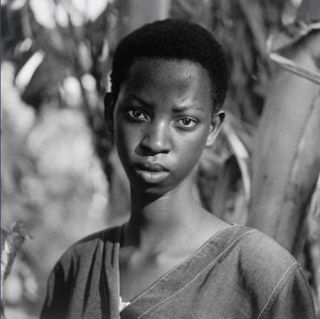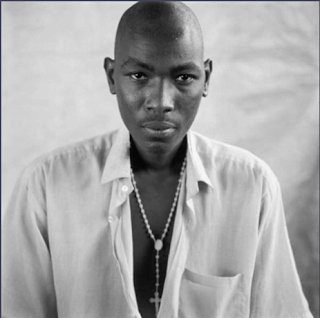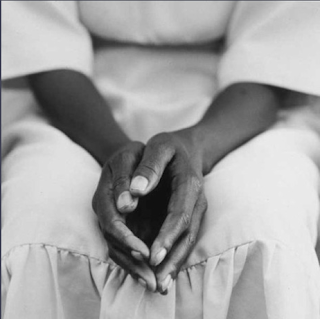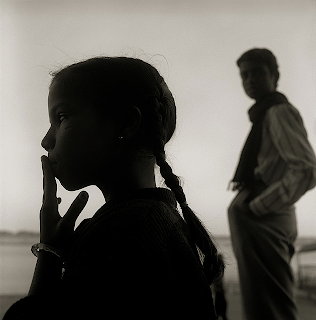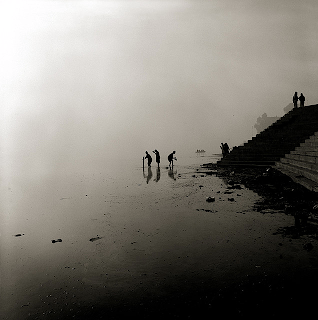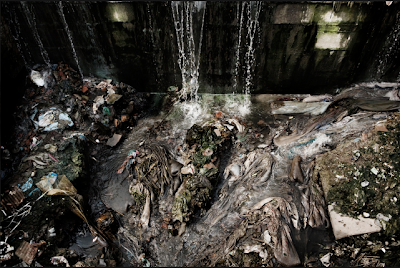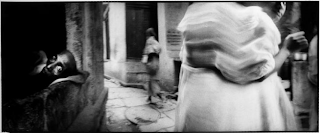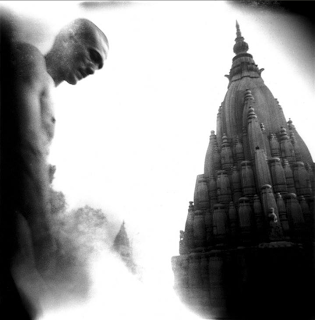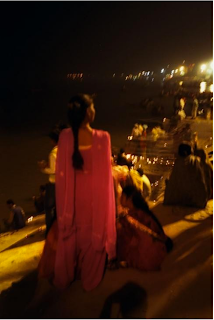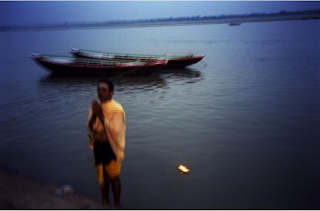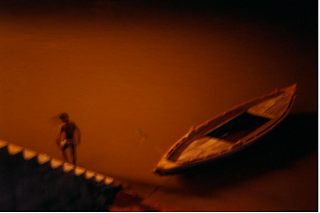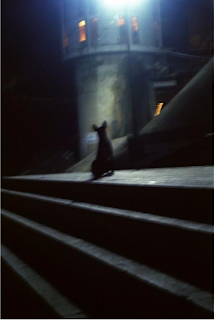Sze Tsung Leong is a traveler. He was born in Mexico in 1970, and spent his childhood in Mexico, Britain and the US, before moving to China. He is now based in New York but he travels the world to reveal its History recorded in urban landscapes. He is fascinated by cities. Probably because he was an architect before capturing his large detailed landscapes with a 8x10 camera.
He is also what we could call an intellectual photographer. His series are very esthetic but essentially extremely well thought out. More than the emotional aspects of his photographs – not saying that this is missing - what I recall is their message or more precisely their multiple meanings. He started his lecture by acknowledging the fact that if his work needed to be explained it meant that it was a failure. He has written many essays about his work and given his own very interesting interpretation without forgetting that of course everyone could and should find their own.
His inspiring work is about History, societies, civilizations and globalization. It’s about the transformation of the world, about its contrasts and similarities, about its power and fragility. It’s also about its pictorial aspects, about lines, shapes, textures and colors.
Cities are the mirrors of change, they are larger than the people who inhabit them, they are the results of stronger forces that cannot always be controlled, from geological power to political or religious beliefs.
Cities are the mirrors of change, they are larger than the people who inhabit them, they are the results of stronger forces that cannot always be controlled, from geological power to political or religious beliefs.
‘Smash the old world, build the new world’.
The first series called ‘History Images’ and exclusively shot in China is the perfect representation of this popular Chinese slogan from the 60s or 70s.
The powerful Chinese regime has the ability to change the look of their cities by erasing the old to start from scratch. From the imperial period to the socialist regime to the rise of a capitalist economy, Chinese landscapes tell it all. But coexistence between these different periods doesn’t last. Sze Tsung Leong’s photographs perfectly depict this ephemeral and quite sad situation.
The first series called ‘History Images’ and exclusively shot in China is the perfect representation of this popular Chinese slogan from the 60s or 70s.
The powerful Chinese regime has the ability to change the look of their cities by erasing the old to start from scratch. From the imperial period to the socialist regime to the rise of a capitalist economy, Chinese landscapes tell it all. But coexistence between these different periods doesn’t last. Sze Tsung Leong’s photographs perfectly depict this ephemeral and quite sad situation.
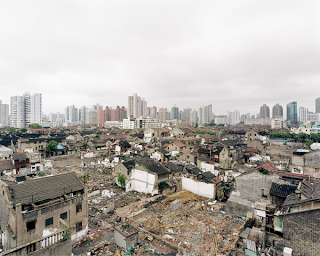 |
| Nan Shi, Huangpu District, Shanghai, 2004 |
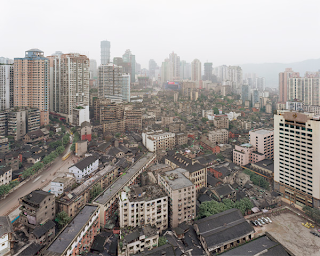 |
| Shibati, Yuzhong District, Chongqing, 2003 |
 |
| Xinjiekou, Xuanwu District, Nanjing, 2004 |
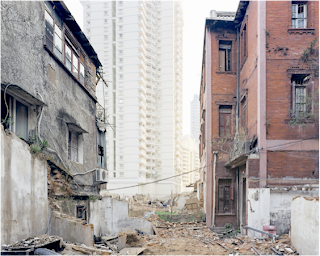 |
| Beizhuanzi II, Siming District, Xiamen, 2004 |
‘Horizons’ : the separation between the sky and the earth, between the known and the unknown, the limit to our vision, the center point of Sze Tsung Leong’s images.
This series (that probably has to be seen on a wall to become even more beautiful) drives parallels between landscapes of the world and makes us search for similarities and differences. Visually but also through our own experiences of these places we look for clues to recognize these untitled environments. We search for connections, associations and contrasts. The images leave us with our own very personal questions, answers and feelings.
 |
| Installation of Horizons at Yossi Milo Gallery, 2008 |
 |
| Xiasha Village, Futian District, Shenzhen, 2008 |
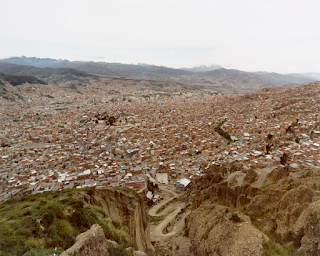 |
| La Paz, 2010 |
 |
| Houston II, 2010 |
 |
| Nairobi I, 2009 |
More on Sze Tsung Leong : www.szetsungleong.com





